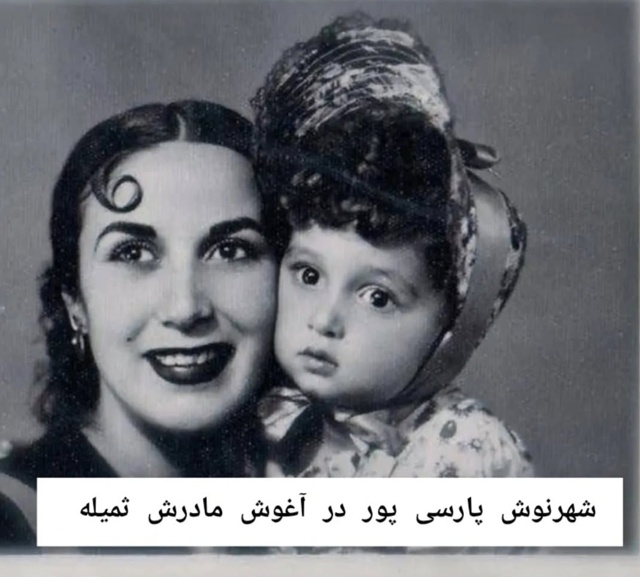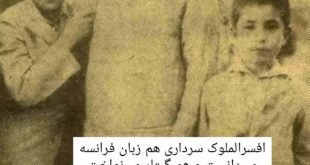Her time in Paris was intellectually liberating. She absorbed existentialism, feminism, and the radical artistic movements of the decade. Yet she remained emotionally tied, writing stories about the tension between freedom and belonging. The distance gave her perspective: she could see her homeland’s struggles with both love and clarity. She published The Dog and the Long Winter (1976), a melancholy, poetic work that examines isolation and the quiet despair of women. The book’s language — simple, lyrical, and layered with metaphor — signaled the emergence of a new narrative voice: intuitive, feminine, and defiant.
When the Revolution erupted in 1979, Parsipur returned home, full of hope that it might bring justice and renewal. But like many intellectuals, she soon realized that one system of oppression had merely replaced another. Her open criticism of censorship and her sympathetic portrayal of women’s autonomy made her a target. She was arrested multiple times — first in the late 1970s for protesting political executions under the Shah, and again under the Islamic Republic for “moral offenses” related to her writing.


